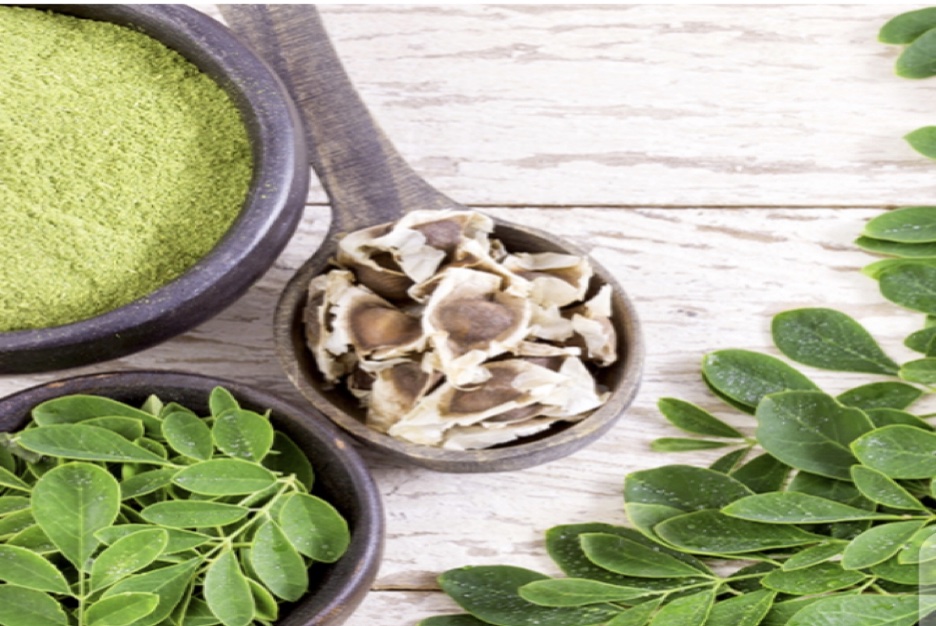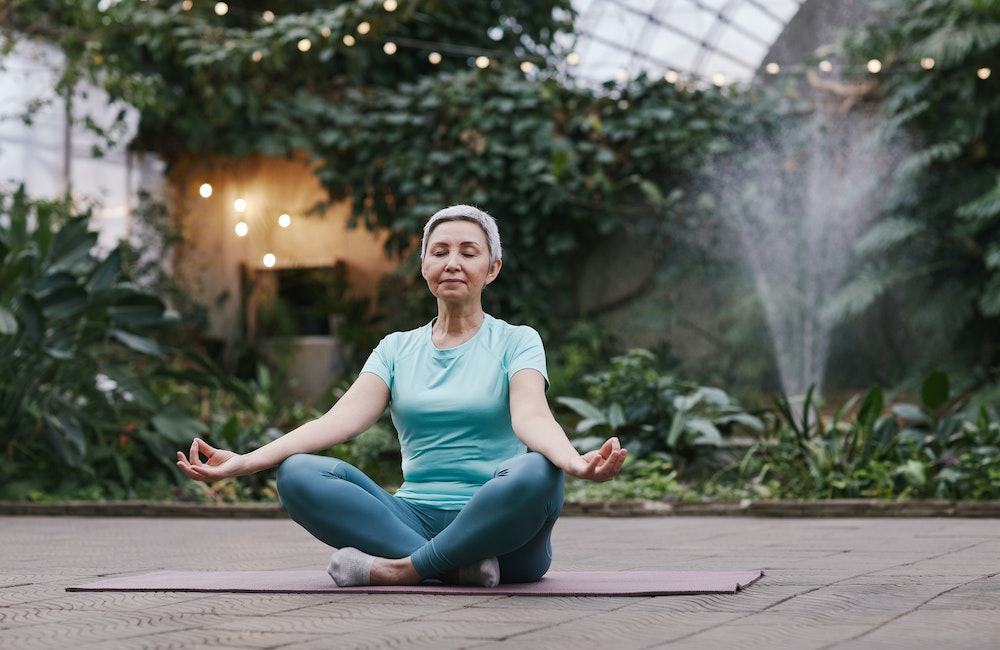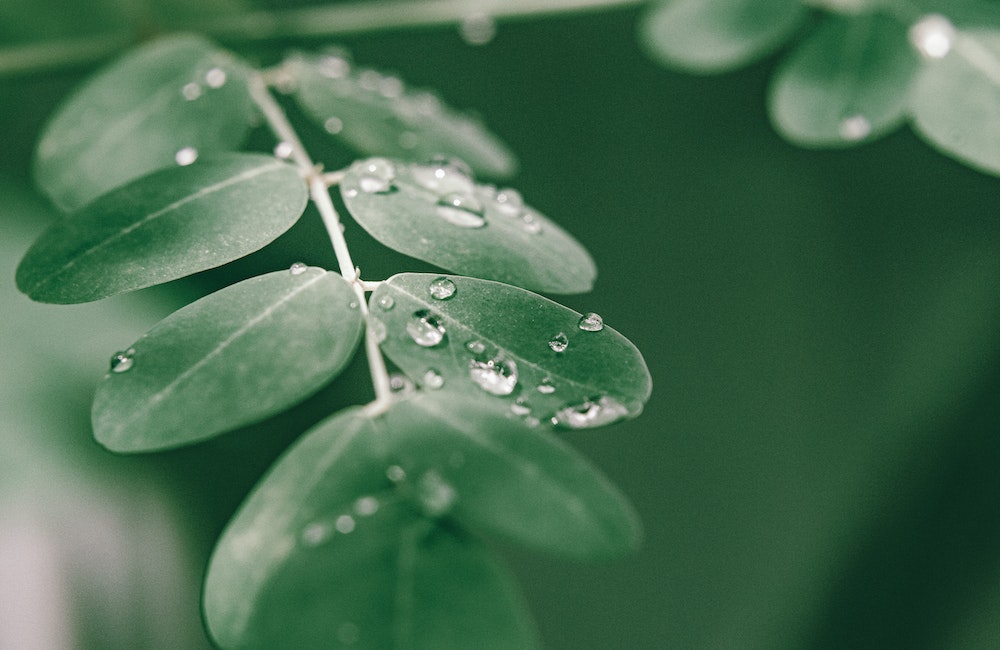Moringa! Moringa! Moringa! the complete health food! Why do I refer to it as ‘the complete health food’? Well, this is actually my personal expression based on its completeness in delivering nutrition and also medicinal benefits. Some refer to it as ‘the Miracle tree’! It is commonly known as the ‘drumstick tree’ or ‘horseradish tree’. There must be a reason for all these names which we are not going to delve into. Let’s then explore the world of Moringa oleifera.
Moringa oleifera is a tree that originally is native to India before its spread to the tropical and subtropical of the world. This tree is also referred to as a ‘wonder tree’ because every part of the tree has its benefits or usefulness either for nutritional, medicinal or commercial purposes. No part of the tree is a waste! What a wonder!
The Moringa tree can withstand both severe drought and mild frost conditions and is hence widely cultivated across the world. If you happen to be where you can grow moringa, like in the tropical and subtropical region, this is one tree you should endeavour to have in your compound or on your farm if you have any. Let’s have a look at the propagation just in case.
Propagation of Moringa Tree
You can use the seed or cuttings of the stem to propagate. The seed can be planted in containers and expected to germinate within 5-12 days and later transplanted but the cutting of about 1cm can be used and planted directly. A sandy or loamy soil is the best for moringa with slightly acidic or slightly alkaline PH.

Parts of Moringa Tree
Various parts of the moringa tree are of great value:
The Leaves
These are compound leaves with leaflets of 1-2cm long. The leaflets are green on the upper surface and paler green beneath. The leaves are hairless when touched.
The Flowers
The flowers are fragrant, yellowish white in colour and are borne on a slender, hairy stalk in spreading or drooping clusters.
The Fruits
The fruits are tri-lobed capsules and are frequently referred to as pods. Each fruit pod has the shape of a pendulum, brown in colour when dry but green when fresh and immature.
Each fruit pod contains around 26 seeds during their development phase. When the pod is mature, it turns brown and splits open longitudinally.
The Seeds
The seeds are round, about 1cm in diameter with a brownish seed hull and 3 papery wings. Hulls of seed are brown to black but can be white if the kernels are of low viability. On average a moringa tree can produce around 15000 – 25000 seeds per year.
The Roots
The roots have a characteristic pungent odour. Trees grown from seeds develop a deep, stout taproot with a wide spreading system of thick, tuberous lateral roots.
The Bark and the Wood
The bark is whitish–grey, thick, soft, fissured and warty or corky becoming rough. When the bark of the tree is wounded, a whitish gum that later turns brown on exposure usually comes out. The wood is soft and light.

Nutritional Content of Moringa
Every part of Moringa is a storehouse of important nutrients. In fact, for a long time in Africa and probably other places in the world, It has been used effectively to treat malnutrition, especially in children deprived of breast milk.
Let us look at these various nutrients present in its different parts:
1. Vitamin C
The leaves are said to provide 7 times more Vitamin C than oranges. The fresh leaves provide the highest Vitamin C amongst all the other parts.
2. Vitamin A
Moringa provides 10 times more Vitamin A than carrots.
3. Calcium
The dry leaves provide 17 times more calcium than milk
4. Protein
It provides 9 times more protein than yoghurt. It is important to know that the leaves contain essential amino acids, including the sulphur-containing amino acids in levels higher than the recommended levels and similar to those of soybeans.
5. Iron
The leaf powder can provide 25 times more iron than spinach. In fact, about 6 spoonfuls of the leaf powder can meet a woman’s daily iron and calcium during pregnancy.
6. Carbohydrate
The leaves provide the most carbohydrate of all other parts.
7. Vitamin E
The fresh leaves are rich in Vitamin E. It contains 6 times more than rapeseed oil.
8. Phosphorus
The dry leaves provide most of the phosphorous.
9. Magnesium
Dominant in the dry leaves and contains 36 times more Magnesium than an egg.
10. Potassium
This is dominant in the leaf powder. This is 63 times more than milk and 3 times more than banana.
11. Fibre
The leaf powder contains the highest amount of fibre.
12. Fat
This is obvious in the seed as it is used to produce seed oil that can be used as a substitute for olive oil.
13. Sulphur
The leaf powder has the highest content of Sulphur.
14. Copper
The leaf powder contains most of the copper.
15. Zinc
The leaves have been shown to provide the required daily requirement of zinc in the body.
16. Vitamin B
It contains Vitamin B such as B1, B2 and B3.
The Phytochemical Content of Moringa Oleifera
The presence of phytochemicals (which are bioactive compounds) in moringa is responsible for most of the curative properties that it exhibits in almost more than 300 disease conditions.
It has been used in herbal medicine by Indians and Africans for a long time. Its species contain various phytochemicals such as alkaloids, saponins, tannins, steroids, phenolic acids, glucosinolates, flavonoids and terpenes. The diversity of these phytochemicals contributes to their numerous medicinal uses.
Let us then explore some of the disease conditions where Moringa (mostly the leaves, the seed, the pod or the root and barks) has been shown to prevent or cure the disease condition.

The Health Benefits of Moringa
Traditionally, on a general note different parts of this herb have been used for one treatment or the other so its consumption on daily basis could help reduce the risk of various degenerative diseases.
The leaves have been used for infections, fever, diarrhoea, iron deficiency, prostrate issues, ulcer, thyroid, intestinal worms, lactation enhancers etc. The roots have been used for asthma, toothache, spleen enlargement, external sores etc.
The barks have been used for the common cold, ulcer, anti-tumour, snakebites, birth control, sex enhancer, scorpion bite, digestive issues, abortifacient etc. The seeds have equally been used for intestinal worms, arthritis, goitre warts, rheumatism, ulcer, antispasmodic, typhoid etc.
The flowers are beneficial in throat infections, diuretics, hysteria, abortion, antihypertensive, diabetes, joint pain etc.
Various Activities of Moringa in Disease Condition
1. Antispasmodic and Anti Ulcer
The root and leaves contain several compounds with the ability to stop spasms. The spasmolytic activity of the constituent is why it is valuable in gastrointestinal motility disorder.
When water is used to extract the active compounds in the leaves, the solution shows good anti-ulcer properties by enhancing the healing process of chronic gastric lesions thereby can be used in ulcer treatment.
2. Moringa Heals Wounds
The leaves have shown good activity in the healing of a wound. It helps Wounds close fast.
3. Analgesic Activity
The alcoholic extracts of Moringa leaves and seeds have marked good analgesic properties.
4. Moringa is Anti-Diabetic
This super herb has been shown to cure both Type 1 and Type 2 diabetes. Type 1 diabetes is when the patient does not produce insulin (a hormone that maintains blood glucose level at normal value) while Type 2 is associated with insulin resistance whereby the signalling of insulin is reduced resulting in high blood glucose levels.
Several studies have shown that when the leaves are extracted in water (aqueous extract) it exhibits hypoglycemic property (brings down blood glucose) and the seed powder equally worked to drop fasting blood sugar value.
All these are achievable because of the phytochemicals, specifically the polyphenols that elicit high antioxidant properties and through a complex mechanism blood glucose level is controlled.
5. Antimicrobial and Antihelmintic Activity
Moringa has been shown to have some antimicrobial and anthelmintic properties. Aqueous extract of the leaf has been shown to inhibit the growth of some microbes like Staph. Aureus, E. coli and so many others.
It has also activity against fungal infections, especially the oil. The leaves and flowers are capable of controlling parasitic worms.
6. Anti-Inflammatory Activity
Moringa plant parts have substantial anti-inflammatory activity especially the alcoholic extract of the root and the seed.
7. Moringa is an Antioxidant
It is a rich source of antioxidants. Aqueous extracts of the leaves, fruits, and seeds of moringa act as an antioxidant. This is due to the high content of a major bioactive component, phenolic such as quercetin.
This strongly indicates that it is highly valuable in managing ailments due to oxidative stress on the cells by scavenging for free radicals.
8. Hepatoprotective Activity
This is the ability of Moringa to help protect against liver damage. The leaf extract has been noted to protect the liver against damage, especially in those receiving medication for tuberculosis. It was discovered that the moringa seed extract also reduces liver fibrosis.

9. Antitumour Activity
Moringa has been discovered to be a potent anticancer plant and several bioactive compounds with significant antitumour activity. Besides the leaves, the moringa seed extracts also have anticancer activity.
10. Moringa Hinders Fertility
This plant also has pertinent antifertility activity. The aqueous extract obtained from the root and bark showed a strong after-sex antifertility effect. It is good to note that the leaf extract can actually induce abortion at a very high concentration.
11. Antihypertensive, Diuretic, and Cholesterol-Lowering Activity
Moringa leaves contain several bioactive compounds that have been shown to exert a direct effect on blood pressure and therefore can be used in high blood pressure management to stabilize the blood pressure.
In addition, the diuretic activity of moringa which exists in its roots, leaves, flowers, gum and the aqueous infusion of the seeds also helps in its antihypertensive activity.
The leaves also contain a bioactive phytoconstituent that has the ability to lower blood cholesterol levels.
Applications of Moringa Seeds
The seeds are used to extract oil. The oil is rich in oleic acid, tocopherols and sterols. It can withstand oxidative rancidity. It can be used as a substitute for olive oil, perfumes and also for lubrication.
The seeds also have great coagulant properties and can precipitate organics and mineral particulates out of a solution (contaminated and unclear water). It can clarify turbid water, also eliminating heavy metals from the water.
It also clears microbial load in the water thereby preventing waterborne diseases. More researches are ongoing to make it more applicable in water filtration and treatment rather than using chemicals.
Caution when using Moringa
- It can possibly interact with diabetes, blood pressure and thyroid medications. If taken along with antihypertensive or anti-diabetic medication, it can increase the effects of such medications. Always remember to consult with your doctor before you start taking any form of preparation.
- It decreases how quickly the liver breaks down some medications thus taking moringa along with these medications can increase their side effects.
- Certain chemicals found in the roots, flowers and bark could cause uterine contraction in pregnant women thereby increasing the risk of miscarriage.
- Breastfeeding mothers should avoid it because some of the chemical constituents might not be good for infants.
- Continuous or chronic administration of the leaves might predispose to liver and kidney damage
Moringa Preparations
It comes in different forms that you can add to your diet. You can find it as seeds, as powders, as leaves (dried or fresh) as oil or as capsules.
The capsules are good because they are not with any additives. Powdered moringa is shelf stable and very convenient to use. The seeds can be roasted and eaten like nuts. The oil is great for the skin and hair.
The dry powdered delivers more nutrients than the fresh leaves.
Conclusion
I will leave you to choose what form you want to take your moringa and the dosing should be as prescribed by the manufacturer.
I am aware that many persons use the leaves or the pods in their local delicacies, on this I will say enjoy as your forefathers handed them over to you! Enjoy the complete healthy food! Ciao!

